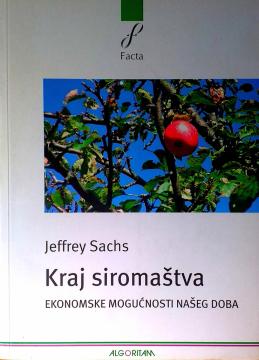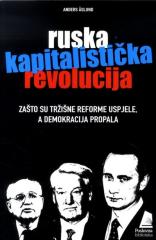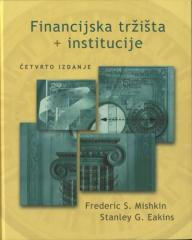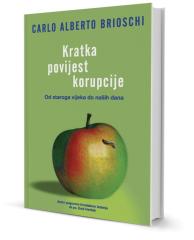
Kraj siromaštva: Ekonomske mogućnosti našeg doba
U knjizi, ekonomista Džefri Saks predstavlja optimističan plan za eliminisanje ekstremnog siromaštva do 2025. godine. On tvrdi da je to izvodljivo uz političku volju, jer svetsko bogatstvo raste, a siromaštvo nije sudbina, već rezultat neefikasnih sistem
Saks uvodi „kliničku ekonomiju“ – sistematski pristup lečenju bolesti: dijagnoza problema, propisivanje lekova (intervencije) i praćenje. Fokusira se na najsiromašnije zemlje u Africi, Aziji i Latinskoj Americi, gde milijarde ljudi žive sa manje od 1 dolara dnevno. Ključni uzroci: geografske barijere (tropske bolesti, suše), nedostatak ulaganja u infrastrukturu, obrazovanje i zdravstvo i politička nestabilnost.
On predlaže plan sa tri dela: (1) Hitna pomoć za „veliku borbu“ – mreže za prevenciju malarije, side, distribucija semena i đubriva za poljoprivredu; (2) Dugoročni razvoj – izgradnja puteva, škola, klinika; (3) Globalna saradnja – povećanje podrške bogatih zemalja na 0,7% BDP-a za razvojnu pomoć, otpis duga i nediskriminatorna trgovinska pravila.
Knjiga je prepuna studija slučaja: Saksov uspeh u Boliviji (1985, hiperinflacija zaustavljena), Poljskoj (šok terapija) i Zambiji (malarija pod kontrolom). Kritikuje Zapad zbog neefikasne pomoći i poziva na podršku Milenijumskim ciljevima razvoja UN. Zaključuje se da siromaštvo nije neizbežno – sa 175 milijardi dolara godišnje (manje od 1% globalnog BDP-a) možemo spasiti živote, sprečiti ratove i podstaći rast.
Saksova vizija je inspirativna, ali kritičari upozoravaju na rizike zavisnosti od pomoći. Ipak, knjiga ostaje manifest humanizma u ekonomiji.
Jedan primerak je u ponudi





